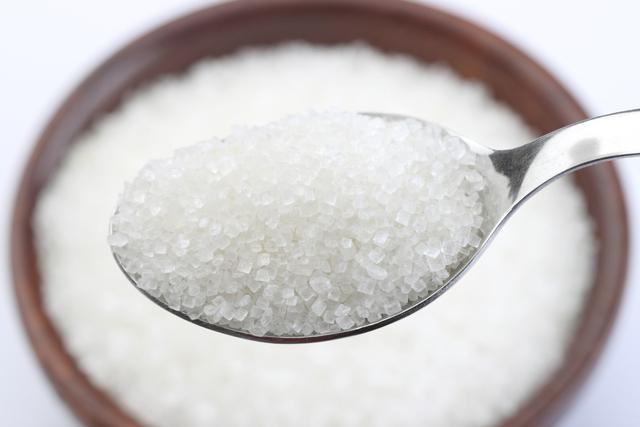
When it comes to enjoying a glass of wine, most of us are focused on the flavors, the aroma, and perhaps the company we're sharing it with. Yet, there's a whole world of science and craftsmanship that goes into making each bottle of wine, including the art and science of sugar content. Understanding the sugar in wine not only deepens our appreciation for this beloved beverage but also helps us make better choices to match our tastes and dietary preferences.
Sugar in wine comes from the grapes themselves. Grapes are packed with natural sugars, primarily glucose and fructose, which are crucial for the fermentation process. These sugars are what yeast feasts on to produce alcohol. The balance between the sugar consumed by yeast and the sugar remaining in the wine is a delicate dance that winemakers master over years of practice and experimentation.
In the U.S., sugar concentration in grapes or must (the freshly pressed grape juice containing the skins, seeds, and stems) is measured in degrees Brix, while in Europe, it's measured in degrees Baumé. Both are essential for winemakers to monitor the potential alcohol content of their wine, guiding them in the fermentation process.
Not all sugars are consumed during fermentation. The sugars that remain are called residual sugars, and these can significantly influence the taste of the wine. Residual sugars are primarily pentoses, such as arabinose, rhamnose, and xylose. Their concentration can increase during aging in wooden barrels due to the breakdown of glucosides from the wood.
The amount of residual sugar in wine is a key factor in its sweetness. Generally, a concentration of less than 1.5 grams per liter is too low for our palate to detect sweetness. However, once the concentration exceeds 0.2% of the volume, the sweetness becomes noticeable. Most people can detect sweetness at a concentration of 1%.
The presence of residual sugar leads to the classification of wines into dry, semi-dry, semi-sweet, and sweet categories. Dry wines have less than 5 grams of sugar per liter, making them the go-to option for those who prefer a less sweet taste. On the other end of the spectrum, sweet wines contain more than 50 grams of sugar per liter, offering a rich and often luscious taste experience.
Sparkling wines have their own classification system based on sugar content, ranging from brut nature, which has up to 3 grams of sugar per liter and no added sugar, to sweet, which contains more than 50 grams of sugar per liter. This classification helps consumers choose a sparkling wine that suits their taste preference, whether they're looking for something exceedingly dry or pleasantly sweet.
In addition to contributing to the sweetness of wine, sugar also plays a role in the aging process. Some sugars undergo structural changes over time, contributing to the development of dark pigments in the wine. This is the case with melanoidins, which are found in aged wines like port, sherry, Madeira, and Sauternes, adding to their complex flavor profiles.
Understanding the sugar content in wine allows us to appreciate the intricate balance winemakers achieve to create the flavors we love. It also helps us make more informed choices based on our dietary needs and taste preferences. Whether you prefer a dry, crisp Sauvignon Blanc or a sweet, aromatic Moscato, the world of wine offers something for everyone's palate.
Founded in 2007, Vinetur® is a registered trademark of VGSC S.L. with a long history in the wine industry.
VGSC, S.L. with VAT number B70255591 is a spanish company legally registered in the Commercial Register of the city of Santiago de Compostela, with registration number: Bulletin 181, Reference 356049 in Volume 13, Page 107, Section 6, Sheet 45028, Entry 2.
Email: [email protected]
Headquarters and offices located in Vilagarcia de Arousa, Spain.